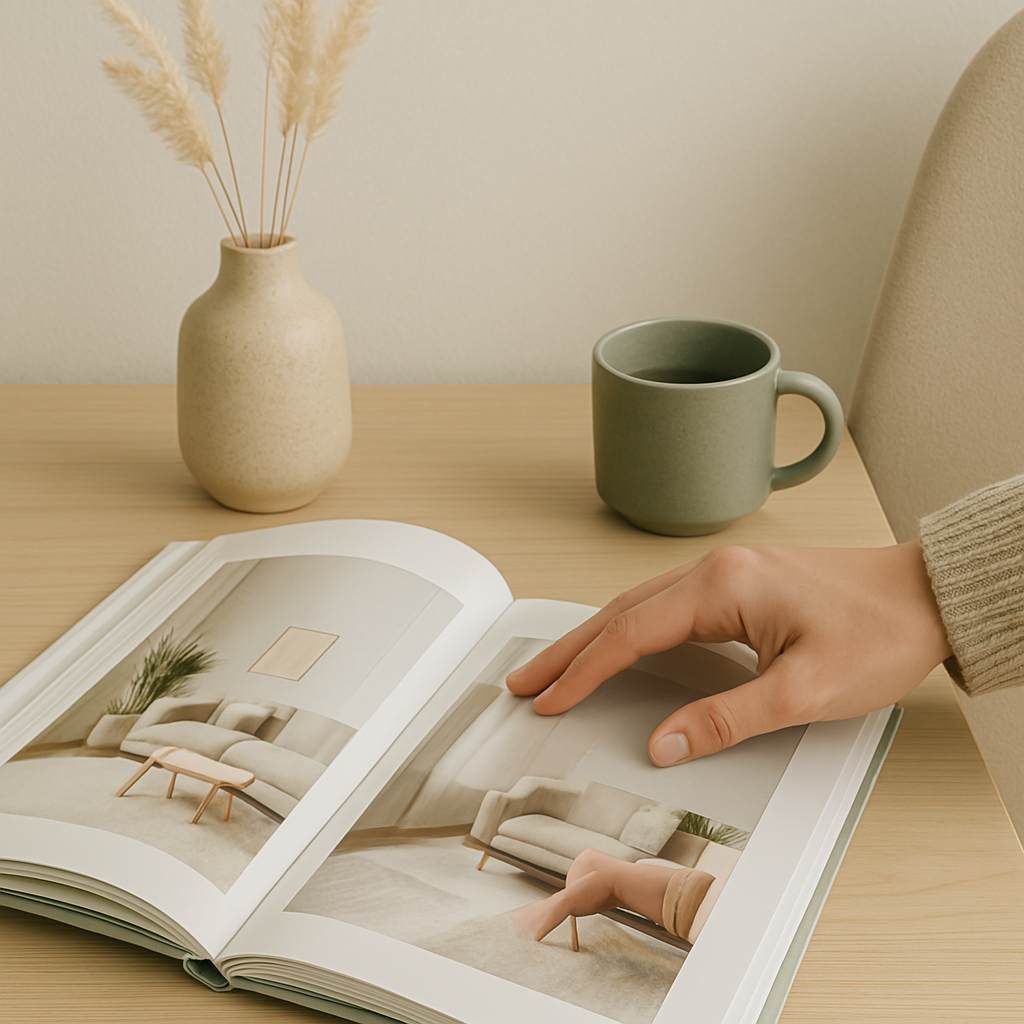Interior design is constantly evolving, and every year brings new trends that reflect both cultural shifts and technological advancements. As we step into this year, certain styles, colors, and materials are emerging as the frontrunners in interior design. Here’s a look at what’s trending this year and how you can incorporate them into your space.
1. Sustainable Materials and Eco-Friendly Design
Sustainability is no longer just a buzzword – it’s a fundamental aspect of modern design. This year, more homeowners and designers are prioritizing eco-friendly materials such as recycled wood, bamboo, cork, and natural stone. These materials are not only better for the environment but also add a touch of warmth and authenticity to any space. In addition, furniture and decor made from repurposed materials are gaining popularity, contributing to both sustainability and creativity in interior design.
2. Earthy Tones and Muted Colors
This year, earthy tones like terracotta, olive green, soft browns, and sandy neutrals are making a comeback. These colors evoke a sense of calm and connection to nature, creating cozy and inviting spaces. Designers are pairing muted tones with rich textures and natural elements to create a balanced and serene environment. If you want to add a modern twist, accents of deep blue or mustard yellow can introduce a pop of color without overwhelming the space.
3. Minimalism with a Personal Touch
While minimalism remains a popular style, there is a noticeable shift towards adding personal touches that make spaces feel unique. Clean lines, functional furniture, and uncluttered spaces are still essential, but more people are incorporating personal artwork, unique accessories, and meaningful items into their decor. This blend of simplicity and individuality allows for a stylish, yet deeply personal home.
4. Multi-Functional Spaces
As we continue to spend more time at home, multi-functional spaces are becoming increasingly important. This year, designers are focusing on creating adaptable rooms that can serve multiple purposes. Whether it’s a home office that doubles as a guest bedroom or a living room with a hidden storage solution, functionality is key. Furniture that can easily be transformed or rearranged is a top trend, ensuring that every inch of space is utilized effectively.
5. Biophilic Design
Biophilic design, which seeks to connect interior spaces with nature, is gaining traction this year. Incorporating plants, natural light, and organic textures into your home not only enhances the aesthetic but also improves well-being. Large windows, indoor gardens, and natural wood finishes are key elements of biophilic design that help bring the outdoors inside, creating a refreshing and calming atmosphere.
6. Vintage and Retro Revival
Vintage and retro styles are making a strong comeback this year, with many designers blending mid-century modern and art deco elements into contemporary interiors. Think bold geometric patterns, luxurious materials like velvet and brass, and statement furniture pieces. This trend allows you to add character and nostalgia to your home while still embracing modern design principles.
Conclusion
This year’s interior design trends highlight the importance of sustainability, personalization, and functionality. By embracing earthy tones, eco-friendly materials, and multi-functional spaces, you can create a home that is both stylish and practical. Whether you prefer minimalist designs or are drawn to vintage flair, there’s something for everyone in this year’s design trends. The key is to find what resonates with your personal style and incorporate it into your living space for a harmonious and inspiring environment.

No responses yet